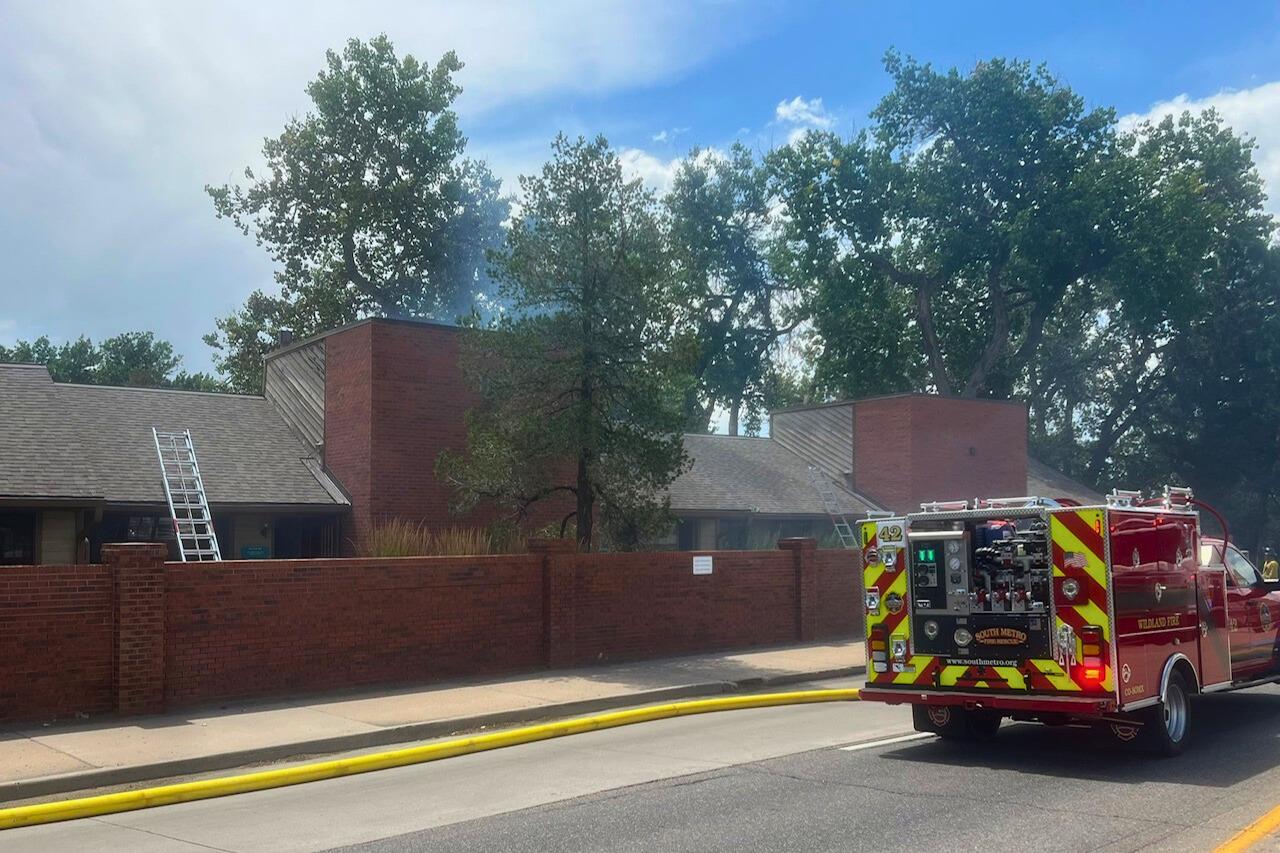January's 28 days of measurable snow depth at Denver International Airport had meteorologist Ayesha Wilkinson and her colleagues at the National Weather Service in Boulder buzzing.
It was the most days with measurable snow depth in more than a decade.
The NWS recorded 13 inches of snow fall in Denver in January, about 6.5 inches more than the seasonal normal.
But is it weird to get so much snow this month and have it stay on the ground for so long?
"January's still a pretty good month for snowfall," Wilkinson said. "But it's unusual in that it's the entire month -- basically almost the entire month -- of snow depth. We missed three days in the month of January where there was no snow depth."
That has meant people are slipping, sliding and griping about the city's lack of plowing.
Emergency shelters have opened. Plows have been deployed. Neighbors have been frantically shoveling or shrugging off their duty to their fellow Denverites.
Transplants who don't remember that Colorado is a snowy state or who imagined Denver government would competently plow are second-guessing their decision to move here after learning about the city's decades-old snow-clearing strategy: Let the sun do the dirty work.
Most months, the sun cooperates. In January, it mostly failed to show up to its job.

When the sun slacks, elected officials suffer.
Mayor Michael Hancock is term-limited, so the effects of a blizzard on his time in office are minimal. But candidates like Chris Hansen are making plowing part of their message.
Andy Rougeot and Leslie Herod's campaign are out shoveling sidewalks and talking about how they're out shoveling sidewalks.
A flurry of candidates promise they'd do better -- and if Denver history teaches us one thing, it's that time will tell.

The slow snow melt is a good thing in the long run, Wilkinson noted.
The metro area and the Eastern Plains have suffered a recent severe drought, and while that continues, lots of snow makes things a little better.
In part, that's because this year's snow has been thick and heavy -- meaning, it's not just air.
"The snow we've got this year actually has water content in it," she explained. "Last year we got snow, and it was really fluffy and barely any water content, but this year we got some solid snow."

For people who wonder whether climate change has halted because we've had a cold wet month, the unfortunate answer, Wilkinson said, is no.
One month of weather incidents that deviates from the norm does not change that things are getting hotter and drier in the metro area.
She points to recent Januarys. In 2022, the month saw 10 days of measurable snow depth; 2021 experienced three; 2020 had zero; 2019 had two; and 2018 only had five days.
And overall, it's just getting warmer and less is falling.
"We're definitely seeing more days of above 90," Wilkinson said, speaking to the overall trend. "We're definitely seeing less precipitation -- significantly less precipitation in the metro area. Even though it's great right now, there are still times where we should be getting precipitation versus we're not. There is a trend of warmer and drier happening."













